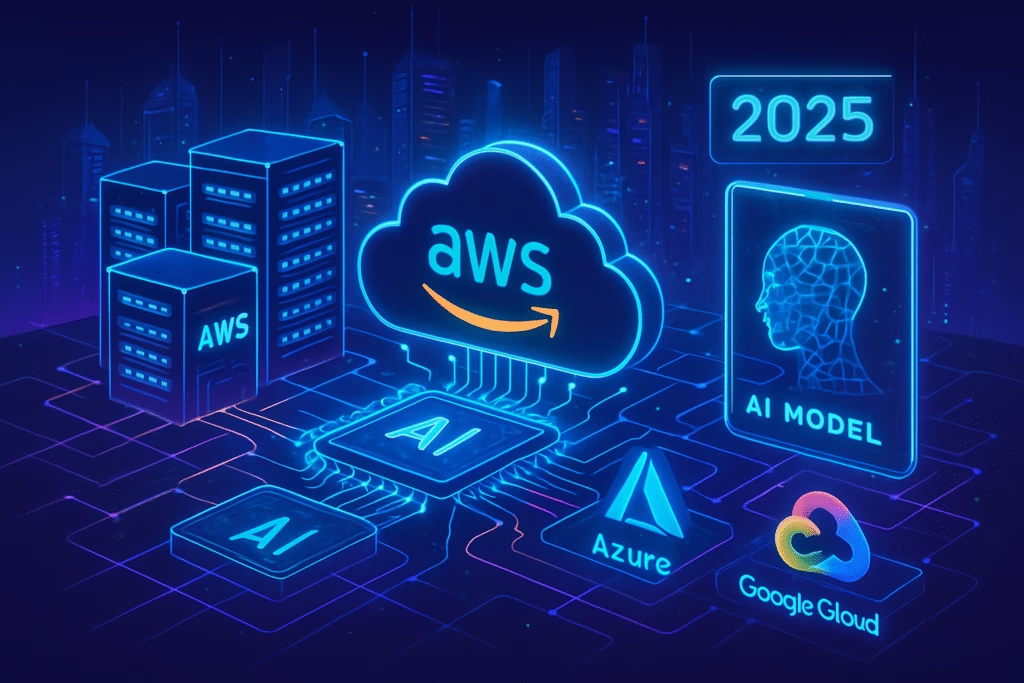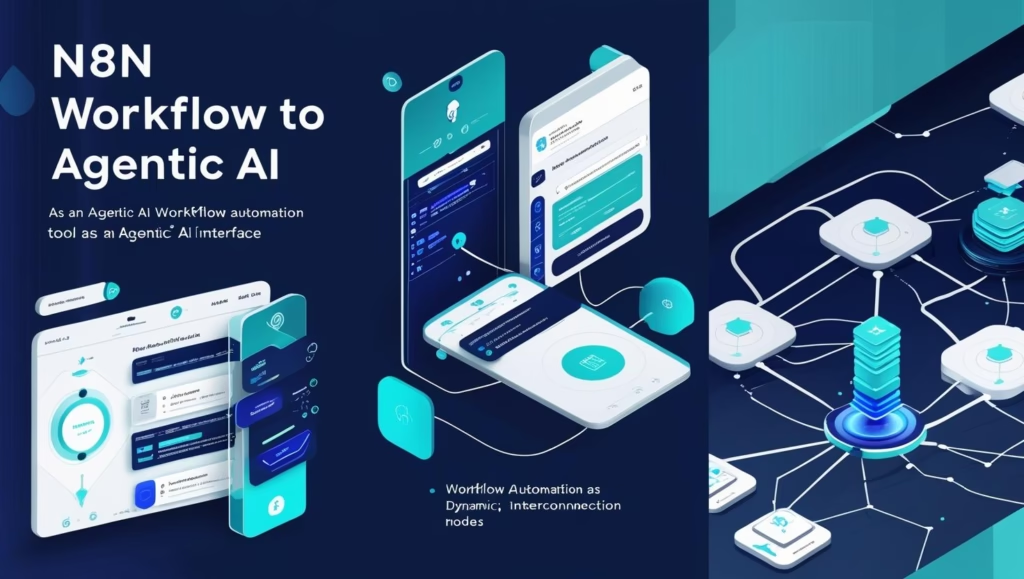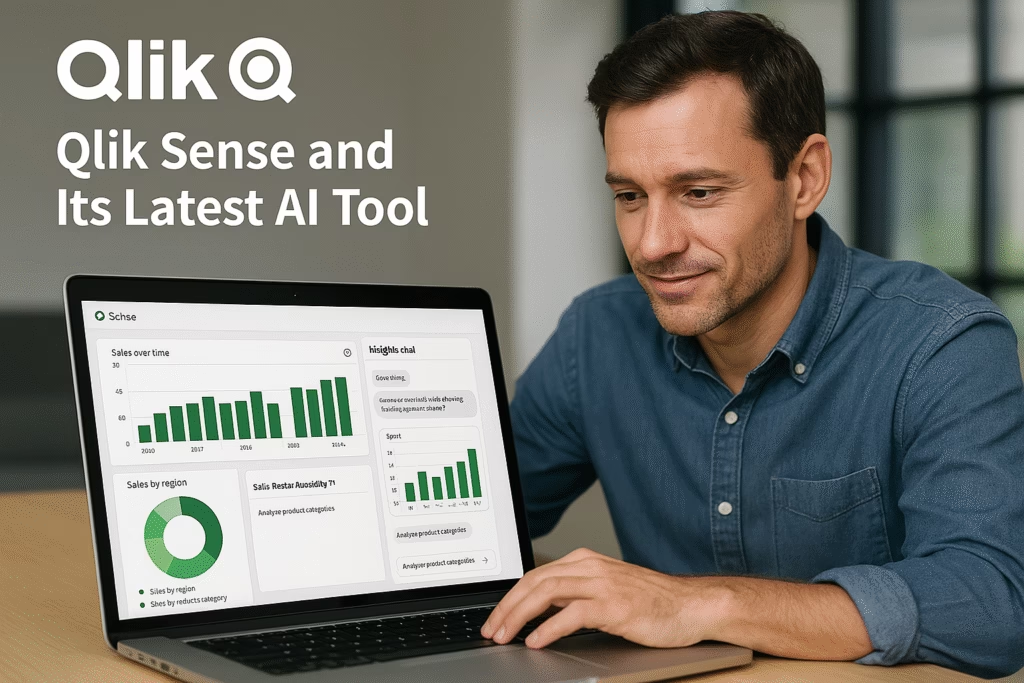Amazon’s AI and Cloud Challenges in 2025: Navigating Market Shifts and Strategic Hurdles
In 2025, Amazon stands at a pivotal crossroads in its journey as a leader in artificial intelligence (AI) and cloud computing. On one hand, its broad business empire continues to generate massive revenues from diverse streams from e-commerce to entertainment. On the other, its cloud juggernaut, Amazon Web Services (AWS), and burgeoning AI initiatives face intensifying competition and complex market dynamics that weigh heavily on investor sentiment and growth prospects. This in-depth blog explores Amazon’s current challenges and evolving strategic position, balancing data-driven insights with humanized narrative to make these sophisticated topics clear and actionable for tech enthusiasts and business professionals alike.
Amazon’s Stock Performance and Market Position in 2025: A Mixed Picture
Amazon’s stock showed only modest growth of about 5.5% year-to-date in 2025 far below the roughly 13% gain posted by the Nasdaq 100 index. This relative underperformance reflects broader investor caution about Amazon’s ability to capitalize fully on the AI wave sweeping through tech markets. Historically, Amazon traded at premium valuations thanks to its unmatched e-commerce scale and AWS dominance. However, the surge in enthusiasm for AI-centric pure plays appears to have diluted that premium, with some investors perceiving Amazon’s diversified model as less targeted on the hottest growth themes.
This market response underscores how critical AI leadership and cloud growth are becoming for tech valuations. With the global technology sector increasingly defined by AI innovation, companies that lead in this space enjoy outsized investor enthusiasm. Amazon’s challenge is to realign its narrative and execution to regain this credibility, even while managing its expansive business portfolio.
AWS Growth vs. Rival Cloud Providers: The Market Share Race Heats Up
AWS remains the largest global cloud infrastructure provider, holding around 30% market share. Yet, its revenue growth in Q2 2025 clocked in at approximately 17%, significantly lagging industry peers: Microsoft Azure surged by 39%, and Google Cloud posted a 32% increase in the same period. This growth gap rings alarm bells for investors who worry AWS may be losing momentum in the critical enterprise cloud sector.
Azure’s accelerated gains reflect its success in integrating AI workloads with its cloud services, benefiting from strong enterprise partnerships and Microsoft’s software ecosystem. Google Cloud’s focus on AI-first offerings also fuels its rapid expansion. Meanwhile, AWS’s growth, though substantial, appears constrained by intensifying competition and possibly by a less differentiated AI narrative.
For businesses deciding on cloud providers, this evolving landscape introduces new evaluation criteria beyond sheer scale such as AI capabilities, pricing models, and integration ease. AWS must innovate aggressively to reassure customers and investors it remains the cloud platform of choice for tomorrow’s AI-driven applications.
Dissecting Amazon’s AI Strategy: Initiatives and Limitations
Amazon’s approach to AI currently emphasizes infrastructure and platform integration rather than creating dominant proprietary AI models. Two flagship initiatives demonstrate this orientation:
- DeepFleet: A robotics optimization service designed to enhance Amazon’s vast logistics with AI-powered automation.
- Bedrock AgentCore: A secure AI deployment platform aimed at facilitating enterprise adoption by integrating third-party foundation models with AWS infrastructure.
While these projects highlight Amazon’s strengths in operational AI and cloud service delivery, they have not generated the same market excitement seen around competitors with breakthrough generative AI offerings. Unlike Microsoft’s strategic investment in OpenAI or Meta’s push on foundational AI models, Amazon’s AI narrative is more anchored in infrastructure enablement than end-user AI applications.
This positioning could restrict Amazon’s appeal to enterprises seeking deeply integrated AI workflows versus standalone cloud infrastructure. It also explains some investor skepticism about Amazon capturing outsized returns from the ongoing AI revolution.
Talent Challenges: Executive Moves Reflect Emerging Risks
Compounding strategic hurdles, Amazon recently experienced a notable talent shift when Rami Sinno, its AI chip director responsible for products like Trainium and Inferentia, joined Arm Holdings to lead chip development. This departure signals potential risks around talent retention and innovation continuity at a critical moment for AI chip progress in cloud computing.
In AI hardware development, leadership in next-generation chips is vital for sustaining cloud performance and cost advantages. Losing key figures to competitors can disrupt momentum and raise concerns about internal competitiveness.
Amazon will need to bolster its talent pipeline and retention initiatives to maintain its chip and AI development edge, critical pillars supporting AWS’s future growth.
Financial Strain from Capital Expenditure and Investor Perception
Amazon’s aggressive spending on AI and cloud infrastructure has tangible financial consequences. Although Q2 2025 reported revenues exceeded $167 billion with net income around $18 billion, the company’s free cash flow fell sharply from $53 billion year-over-year to roughly $18 billion. This drop is largely attributed to heavy capital expenditures on AI-related hardware, data centers, and platform enhancements.
While Wall Street broadly remains bullish, with over 90% of analysts still rating Amazon a buy, the pronounced cash flow impact stirs debate about investment pacing and return timelines. Balancing visionary technology investments with near-term financial discipline is a fine line Amazon must walk carefully to sustain investor confidence.
AI Adoption Market Trends: Diversified vs. Pure-Play AI Firms
The AI adoption narrative is increasingly favoring “pure-play” AI companies laser-focused on generative AI and advanced models. Investors and enterprises seeking pure AI exposure often view diversified giants like Amazon as less direct beneficiaries of the AI wave.
This segmentation influences investment flows and customer preferences. Companies purely concentrating on AI breakthroughs tend to attract higher valuations and stronger cloud adoption momentum. Meanwhile, diversified tech firms must articulate clear strategies linking AI innovations to core business growth vectors.
Amazon’s challenge is to sharpen its AI identity while leveraging its broad ecosystem to differentiate meaningfully from pure-play AI upstarts.
Long-Term Outlook: Investor Sentiment and Speculative Perspectives
Despite current headwinds, Amazon’s fundamentals remain robust, and its dominant position in cloud infrastructure is not easily dislodged. Analysts foresee that with sustained AI investments and strategic alignment, Amazon could emerge strongly in the next growth phase.
Investor sentiment hinges on Amazon’s ability to communicate a compelling AI-centric growth narrative, demonstrate integration of AI into AWS services, and retain top-tier talent. The diverse revenue base offers resilience, but also complexity.
As the cloud market evolves rapidly, Amazon’s prospects will depend on execution agility, partnership ecosystems, and continuous innovation in AI hardware and software.
Choosing the Right Cloud and AI Partner: What Businesses Should Consider
For enterprises navigating this dynamic environment, selecting a cloud and AI platform requires evaluating providers on multiple dimensions:
- AI Capabilities: Depth and breadth of AI services and models, plus ease of integration.
- Performance and Scalability: Infrastructure robustness to handle AI workloads efficiently.
- Cost-effectiveness: Transparent and flexible pricing aligned with usage.
- Security and Compliance: Especially around data governance in AI deployments.
- Innovation Pace: Evidence of ongoing investment and product launches.
AWS remains a compelling option for many, but competitors like Azure and Google Cloud increasingly offer differentiated advantages specific to AI applications. Businesses should tailor choices to fit their AI roadmap and cloud architecture needs strategically.
Conclusion: Amazon’s Evolving AI and Cloud Journey in 2025 and Beyond
Amazon’s position in AI and cloud computing in 2025 is nuanced a mix of exceptional scale and infrastructure leadership coupled with intensified competition and strategic recalibration. The company’s steady but slower growth in AWS, combined with a pragmatic AI strategy centered on infrastructure and third-party integrations, marks a distinct path compared to AI pure-play leaders.
Talent dynamics and capital expenditure pressures add complexity but are counterbalanced by Amazon’s deep ecosystem and financial muscle. Investor optimism remains high, provided Amazon can sharpen its AI story, drive innovation, and articulate clear value propositions in a hyper-competitive sector.
For enterprises and investors alike, Amazon’s trajectory underscores the importance of agility and strategic clarity amid rapid technological shifts. Understanding the latest market performance and strategic moves is key to navigating and capitalizing on the AI-driven future of cloud computing.
Credible Sources
- AWS official AI & machine learning platform: https://aws.amazon.com/machine-learning/
- Microsoft Azure cloud updates and AI services: https://azure.microsoft.com/en-us/overview/ai-platform/
- Gartner Cloud Infrastructure Market Share Analysis: https://www.gartner.com/en/newsroom/press-releases/2025-07-xyz-gartner-cloud-market-share
- Forrester Cloud Computing Market Trends: https://www.forrester.com/report/cloud-computing-market-research/
- Recent financial summary on Amazon’s Q2 2025 earnings: https://www.reuters.com/technology/amazon-q2-2025-earnings-highlights/
Keywords: Amazon AI strategy 2025, AWS vs Azure cloud growth, enterprise AI adoption, AI chip development in cloud computing, Amazon investor outlook, Amazon Web Services growth, cloud computing trends 2025, generative AI AWS, Amazon Bedrock AI platform, AI talent retention tech, AWS capital expenditure impact, cloud market competition, AI adoption in enterprises, Microsoft Azure cloud AI, Google Cloud AI growth, diversified tech companies AI, AI infrastructure investments
Disclaimer: Transparency is important to us! This blog post was generated with the help of an AI writing tool. Our team has carefully reviewed and fact-checked the content to ensure it meets our standards for accuracy and helpfulness. We believe in the power of AI to enhance content creation, but human oversight is essential.






Valuable information. Lucky me I found your site by accident, and I am shocked why this accident didn’t happened earlier! I bookmarked it.
Thank you so much for your kind words! It’s wonderful to hear that you found this site and enjoyed the information. Your feedback is genuinely appreciated and encourages me to continue creating valuable content. Looking forward to seeing you around more often!
AI Tech Quest Team